At 6:05 AM it was getting brighter. When the train slowed one could hear the birds. The shapes of elephants gave way to bushes, giraffes to trees. There were farms along the way. Growing corn. Hearing goats. People walking along paths to somewhere. They stop, they wait, they wave.
The train stopped in a place with just a few farm houses. A side track with cars, an engine, a sleeping driver in his seat. In front of that train a man with a machine gun.
The breakfast bell was rung at about 7:30. It was served with fruit, juice, sausage, eggs and beans. The coffee was weak and unsatisfying. Three machine-gun-toting security guards came in for breakfast subverting the monkey theory about keeping windows and doors locked. I was told they were stationed at the interface between first class and the rest. Blocking passage.
We returned to our cabin at around 8:30. About 8:50 I saw my first elephant. It was brown. Later I saw a herd of camels. They too were brown.
In the full light of day the cabin looked more rundown; its age more evident. The unremovable ground-in dirt of 50+ years; the chips in the cabinet’s covering; the rolled up edges of the linoleum flooring. The washrooms were a hole in the floor with the tracks below. A pleasant breeze during the squat.
Through the vignetted windows the country rolled by; scrub; low bushes and waving people, always waving, mostly children, very few adults. Children run along side. Waving. Asking for sweets.
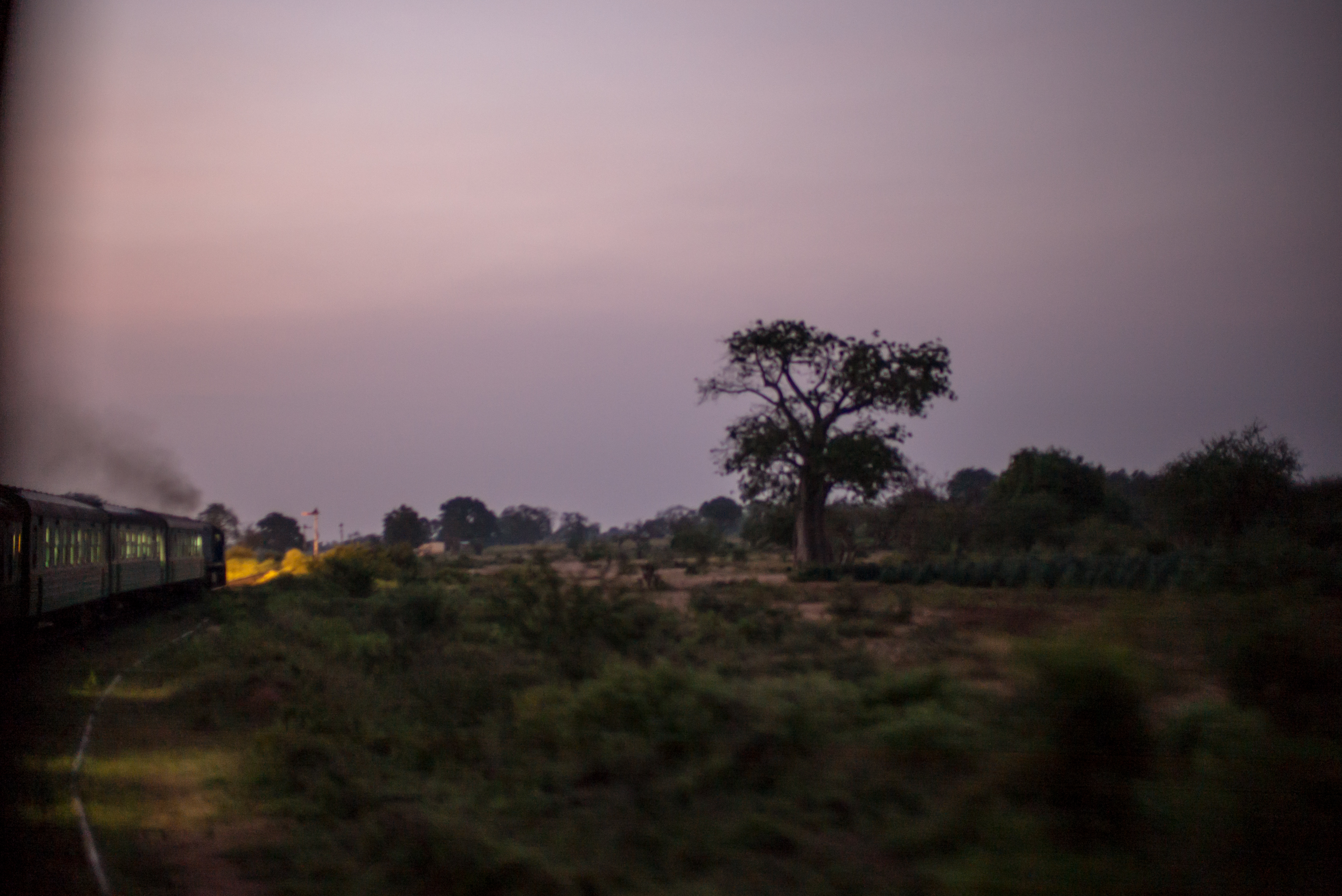
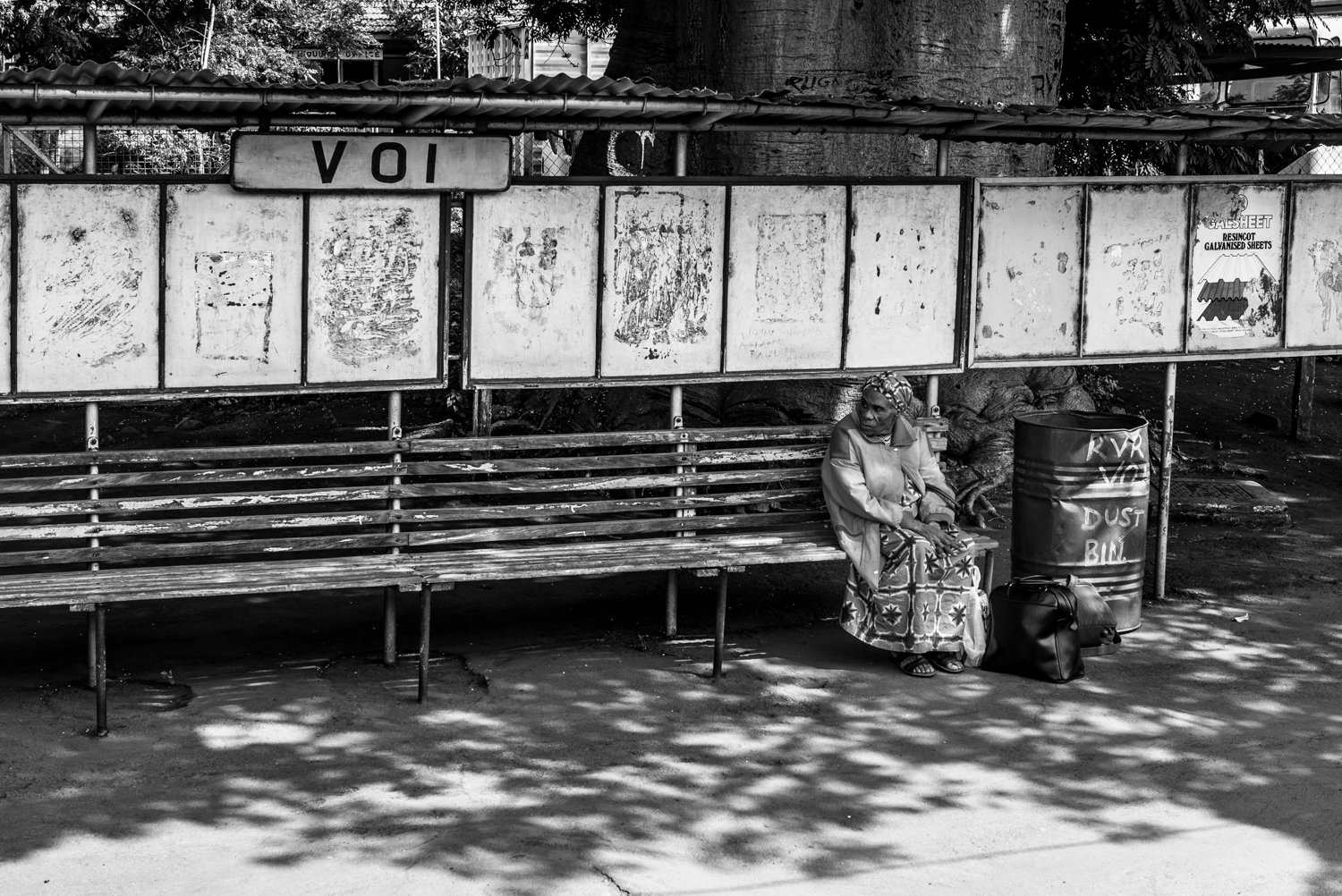
Voi
The train makes frequent stops on its ways to Mombassa.
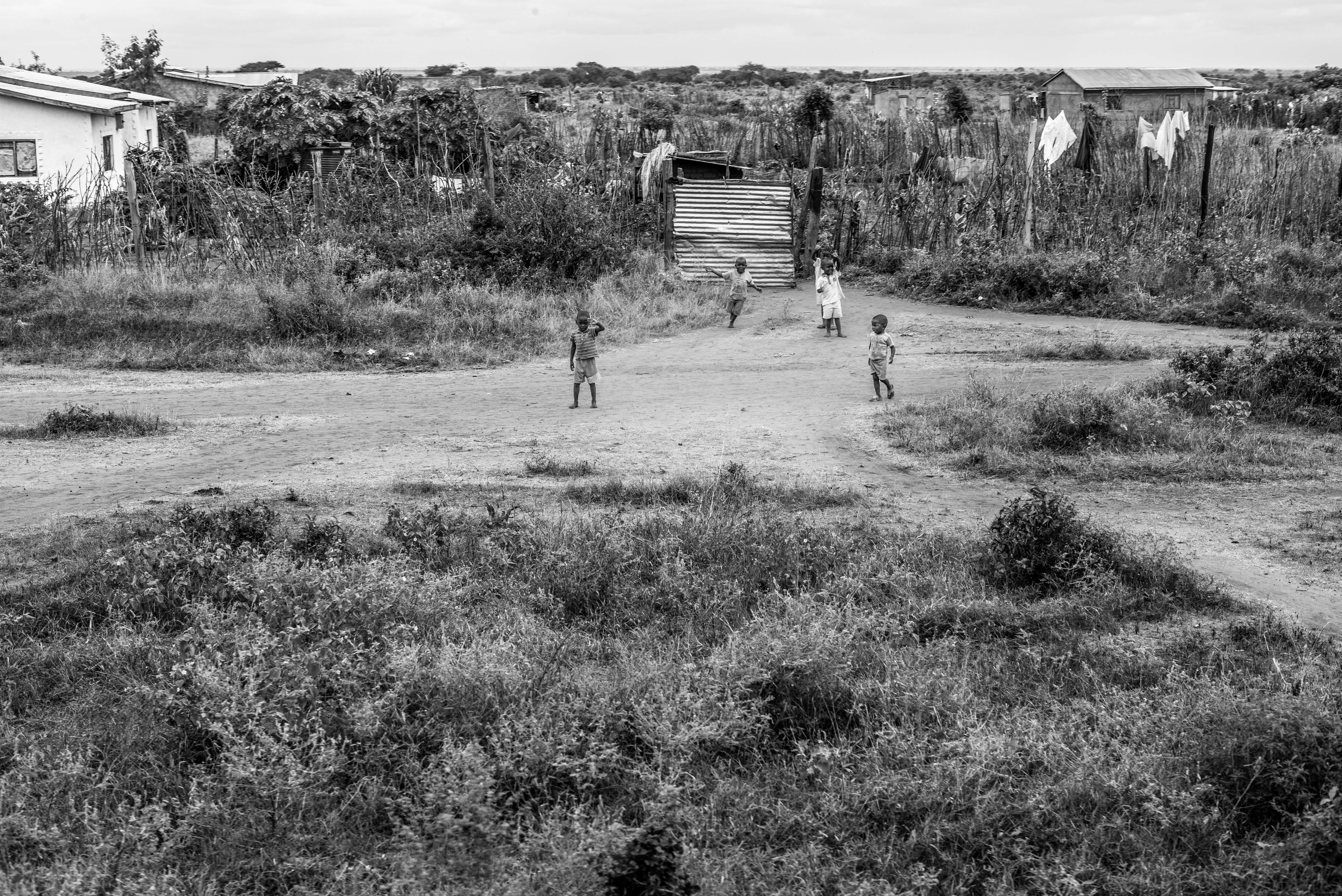
Children
All along the route were children waving.
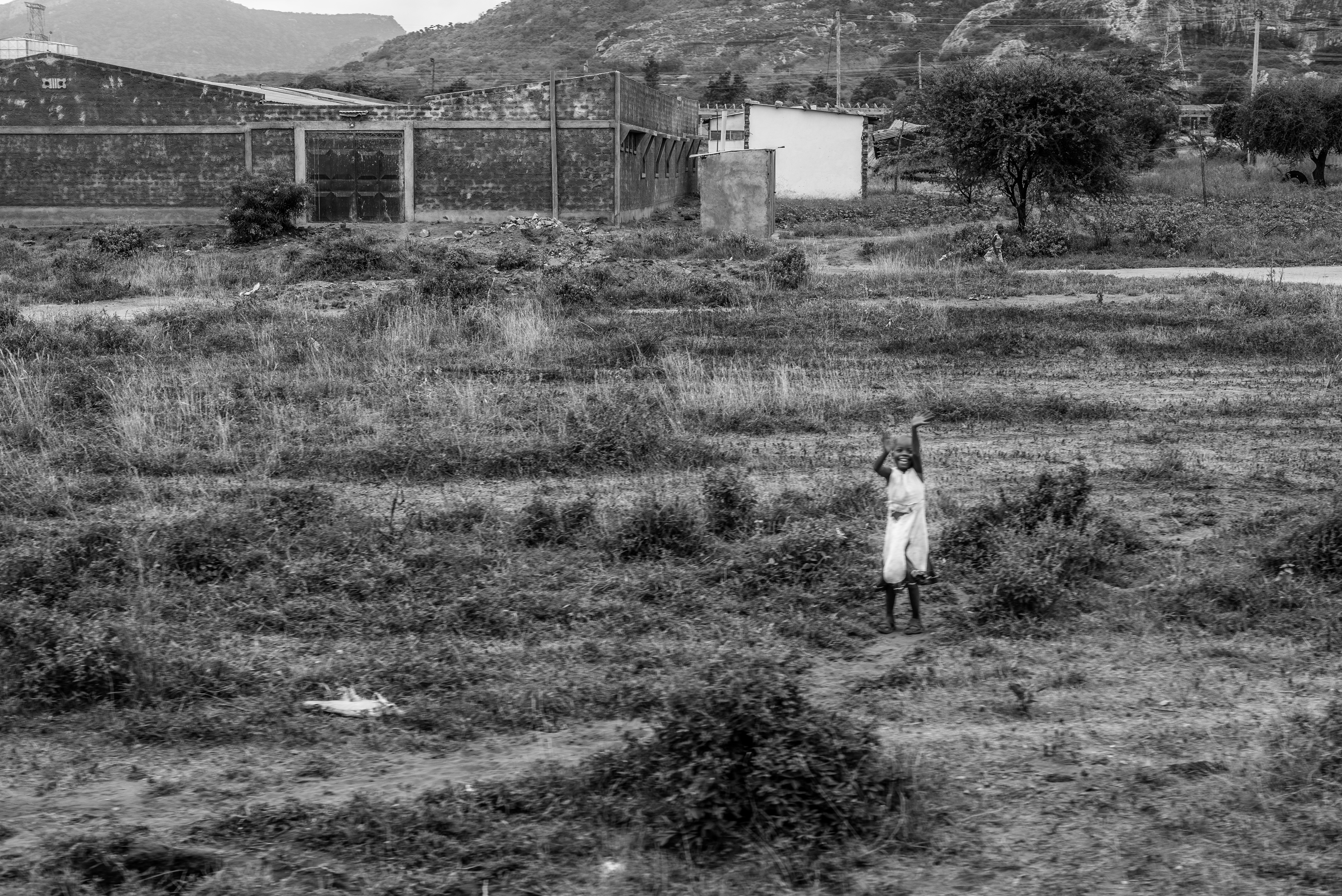
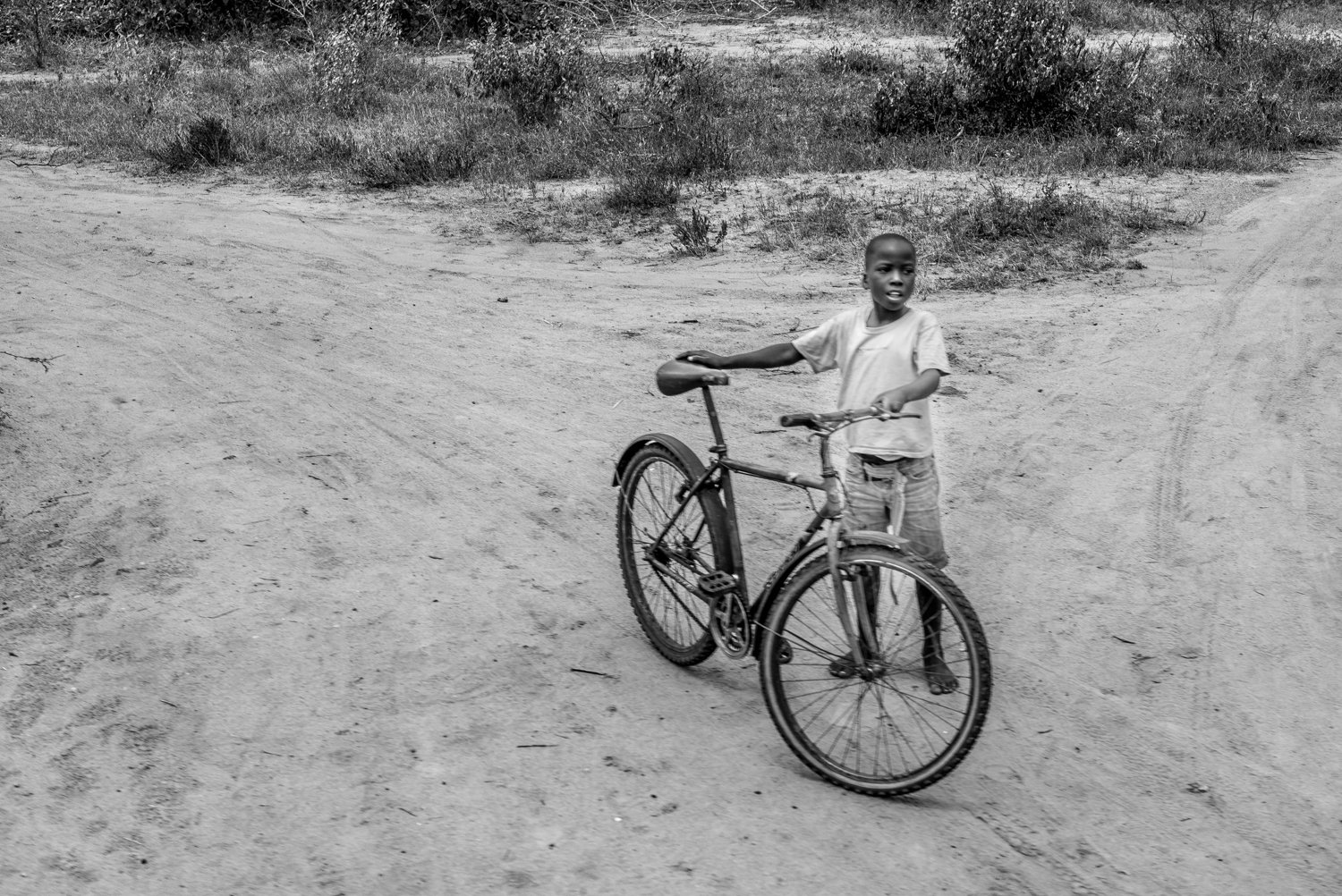
Bicycle
A boy and his bicycle
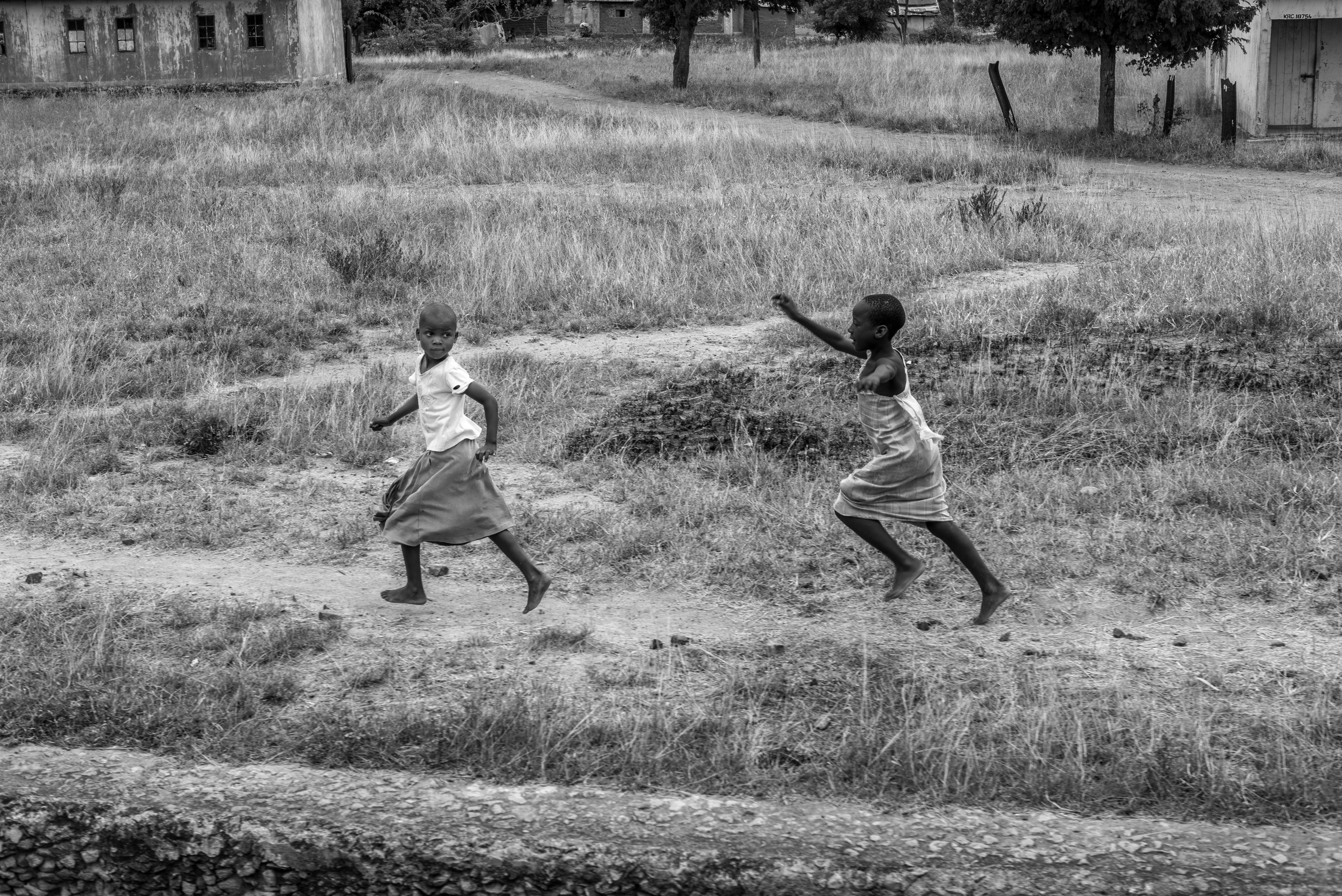
Children
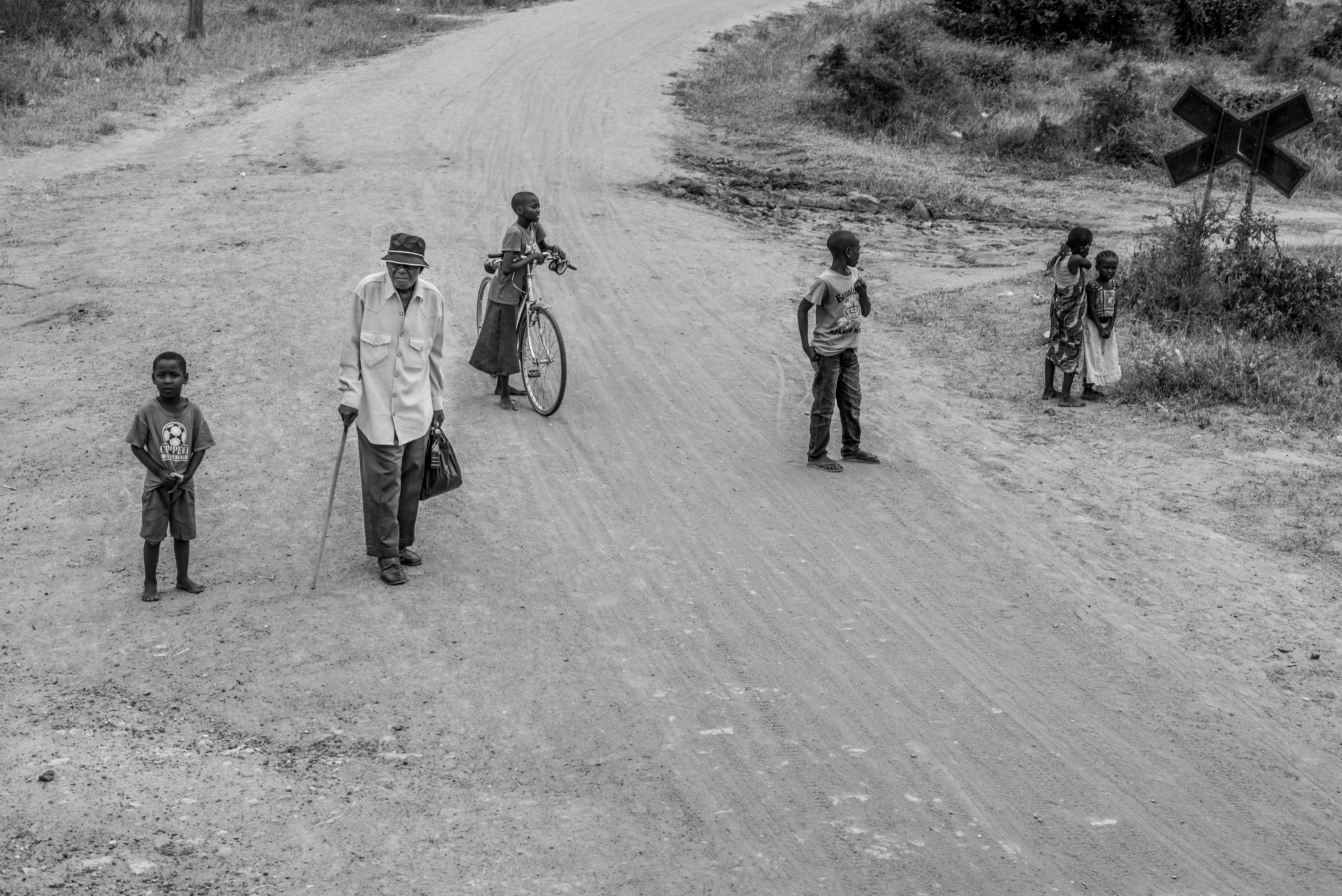
Absence
It was when I saw this old man that it registered that most we saw were children. Was this because of the dominance of youth in in the population or that youth enjoy the magic of the train.
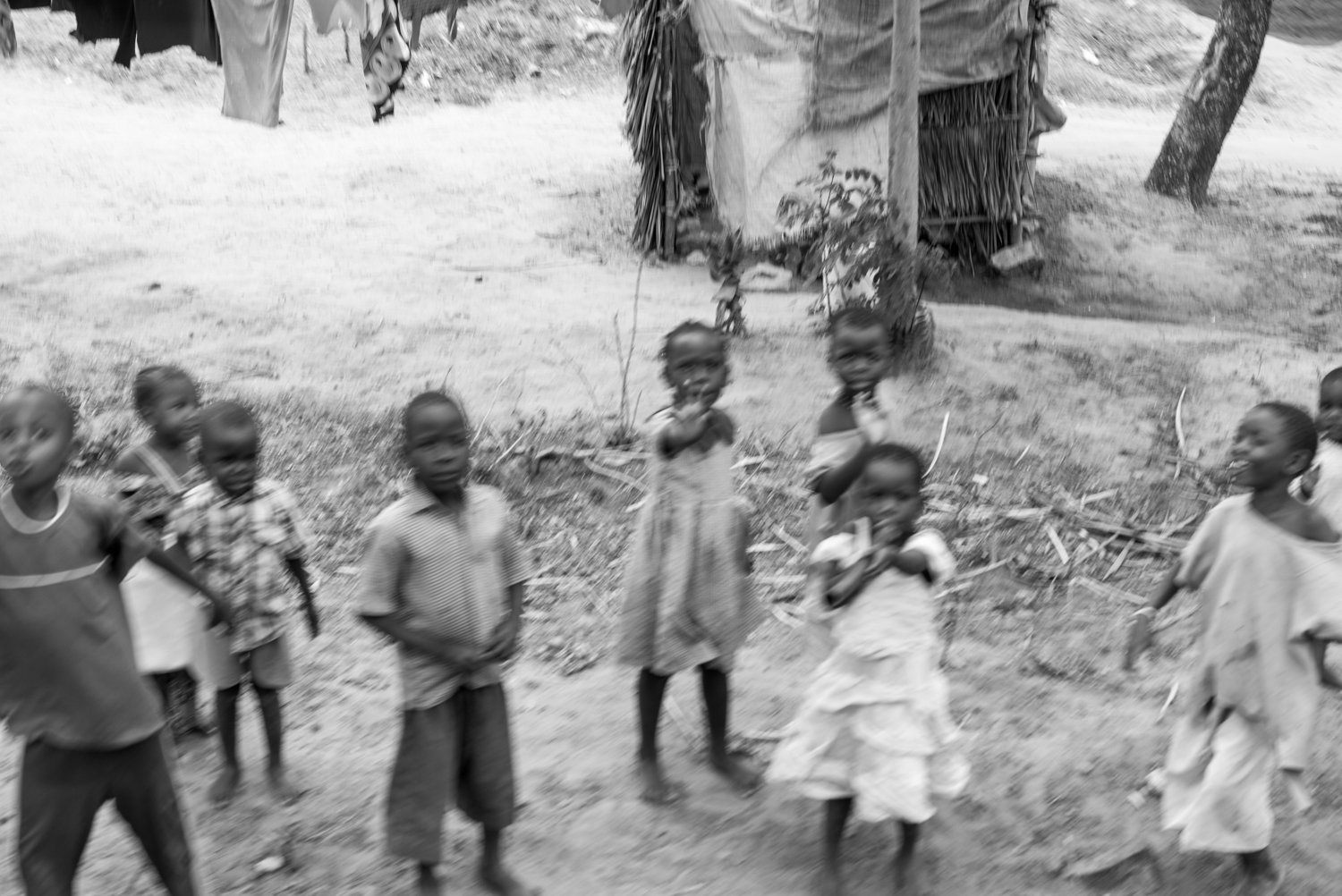
Children
After a while the uniqueness of each child blurred to a continuos stream of little people.
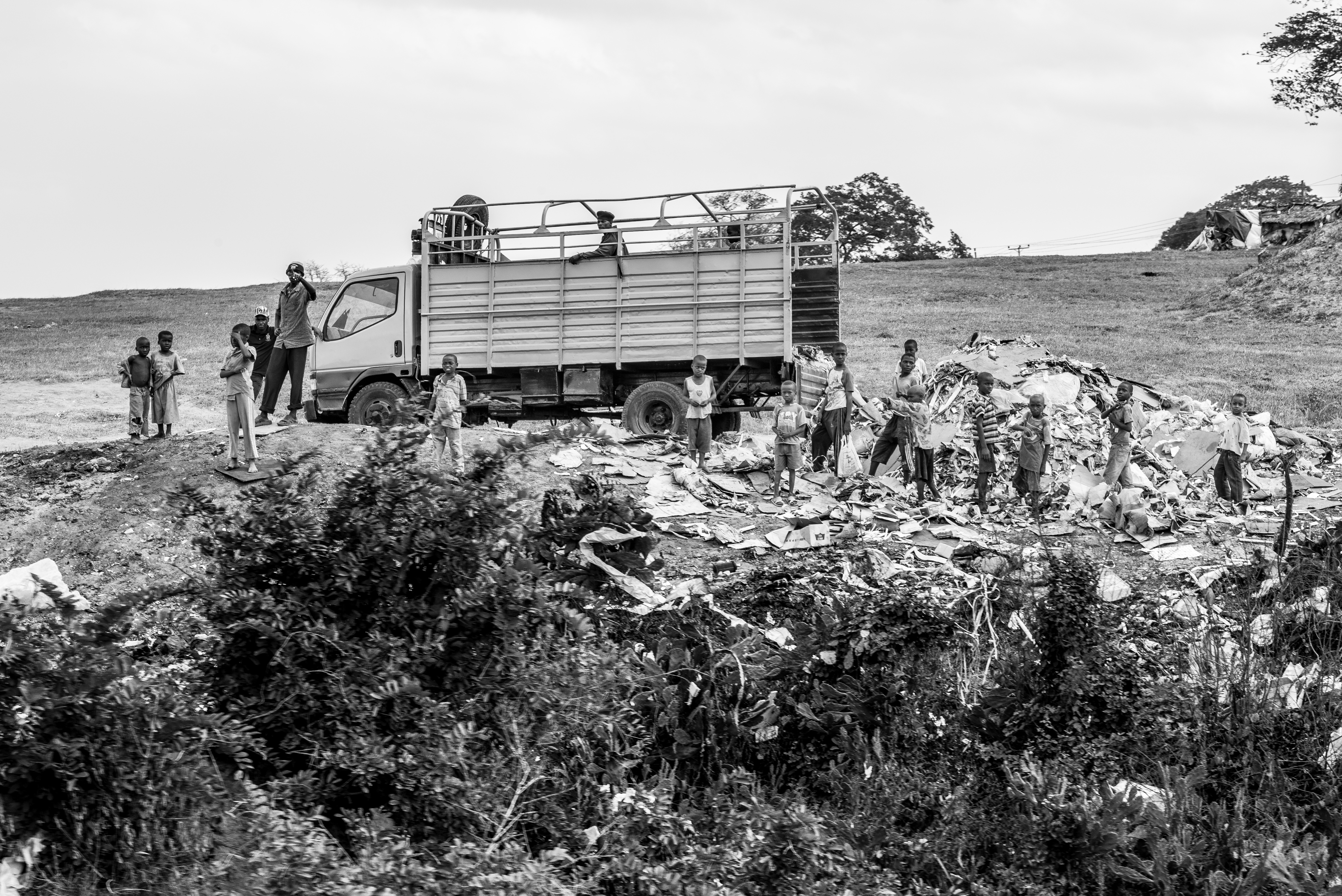
Transitions
As we got closer to Mombassa the farmland dotted with little villages changed to give evidence of a larger urban centre.
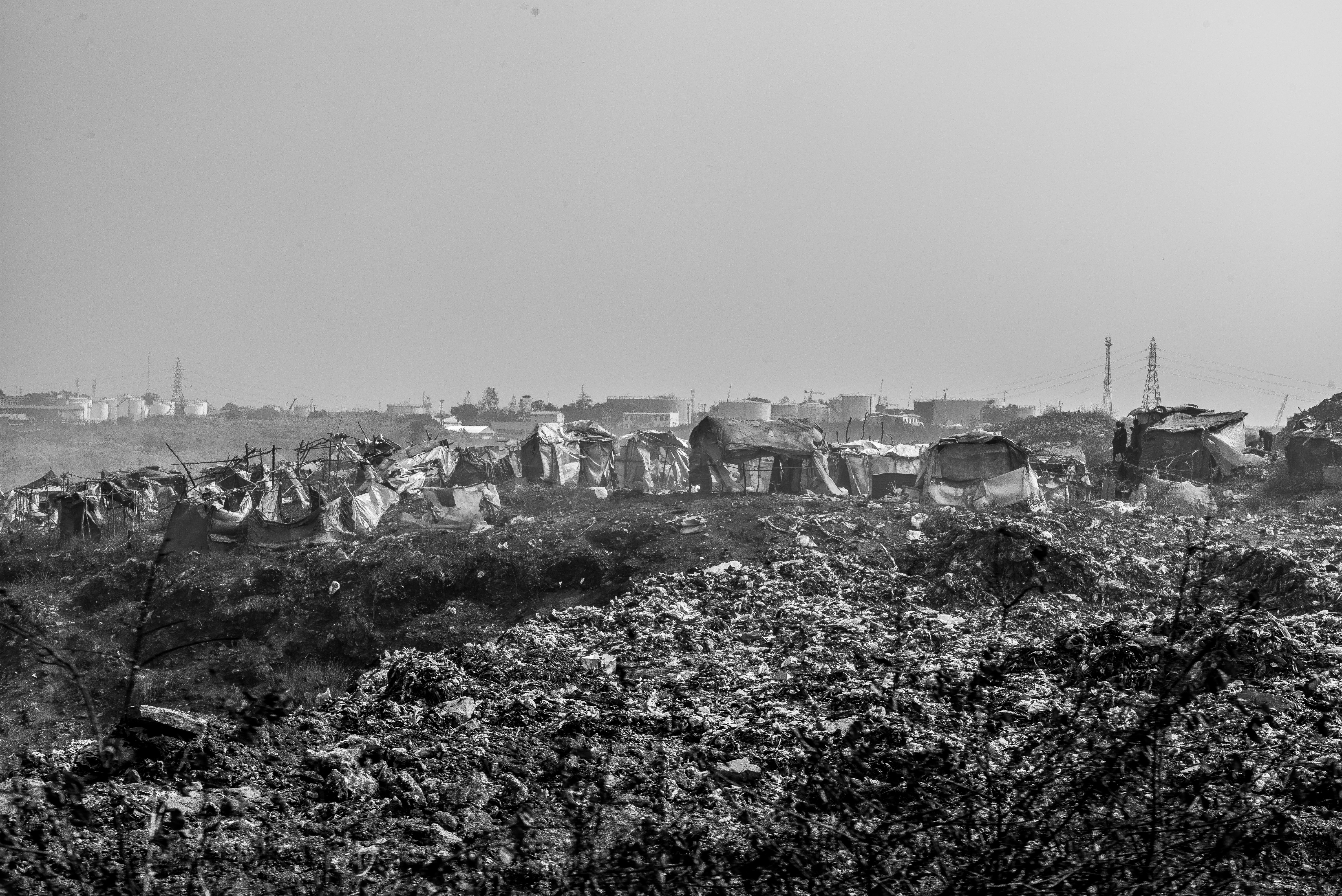
Village in the Dump
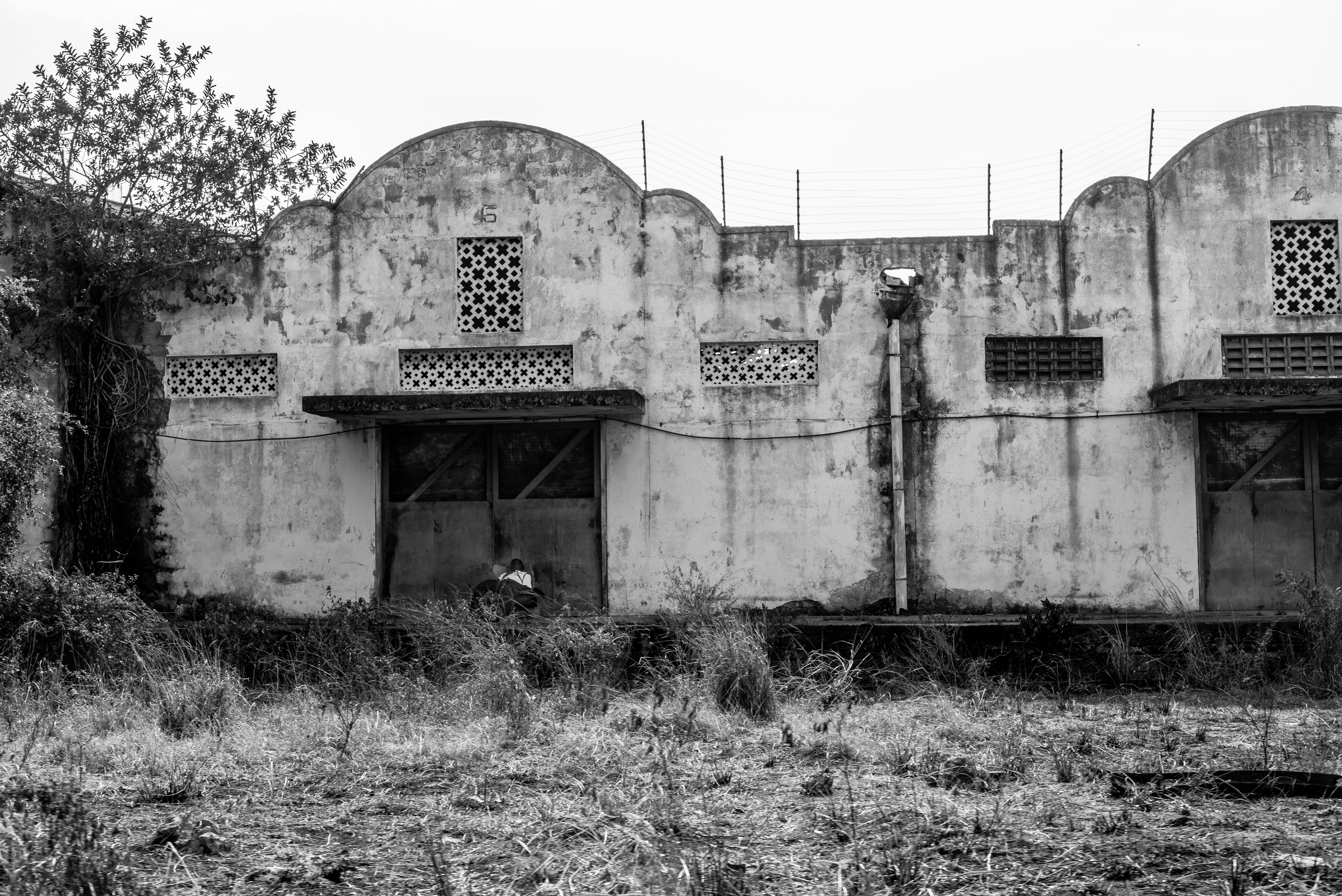
Abandoned
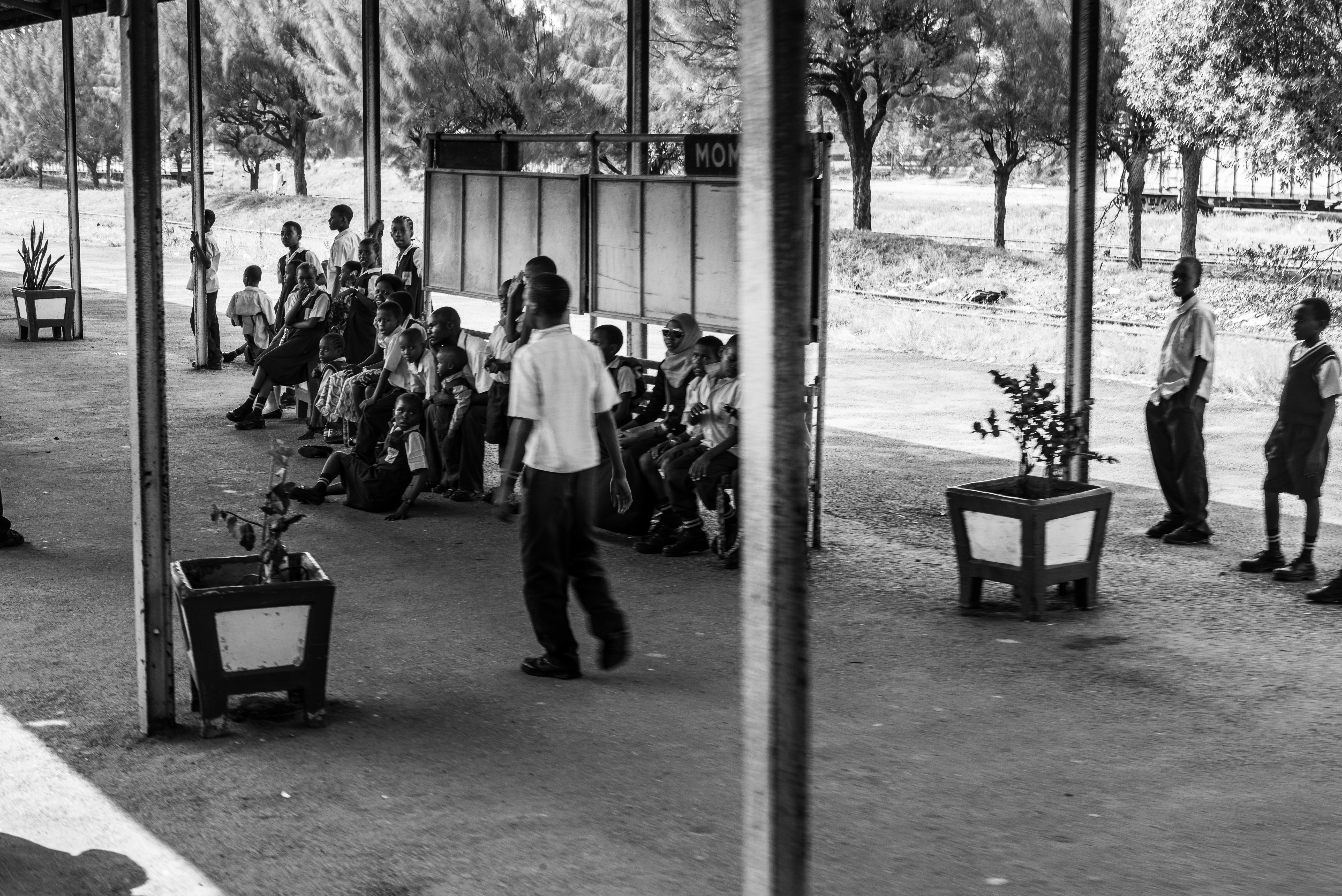
Mobassa
The transition from city to country was invisible in the darkness of our departure from Nairobi, but the transition back was visible.
The conductor said we were running 3 hours late. This would put us into Mombasa at 1:00 assuming no other delays.
The train runs by the highway now. Mostly heavy trucks and busses. The occasional light truck. The story is these highways are built by the Chinese. We will get a closer look tomorrow as we drive back to Nairobi.
We are now 66 km from Mombasa. It is 1:26PM, 3.5 hours late. It will be at least one more hour. May be two.
It is now 3:05 and we are still not in Mombasa. It is hot. We can see the ocean so we must be close. Our driver will pick us up at the train station and take us to the hotel where we will shower and then go for dinner. Tomorrow we will visit Fort Jesus. It is better seen in the morning. It is cooler.
The train arrived at 3:57. The drive to the hotel was less than 5 minutes. We showered and drove across town to Tamarind Restaurant for dinner. A stark contrast.
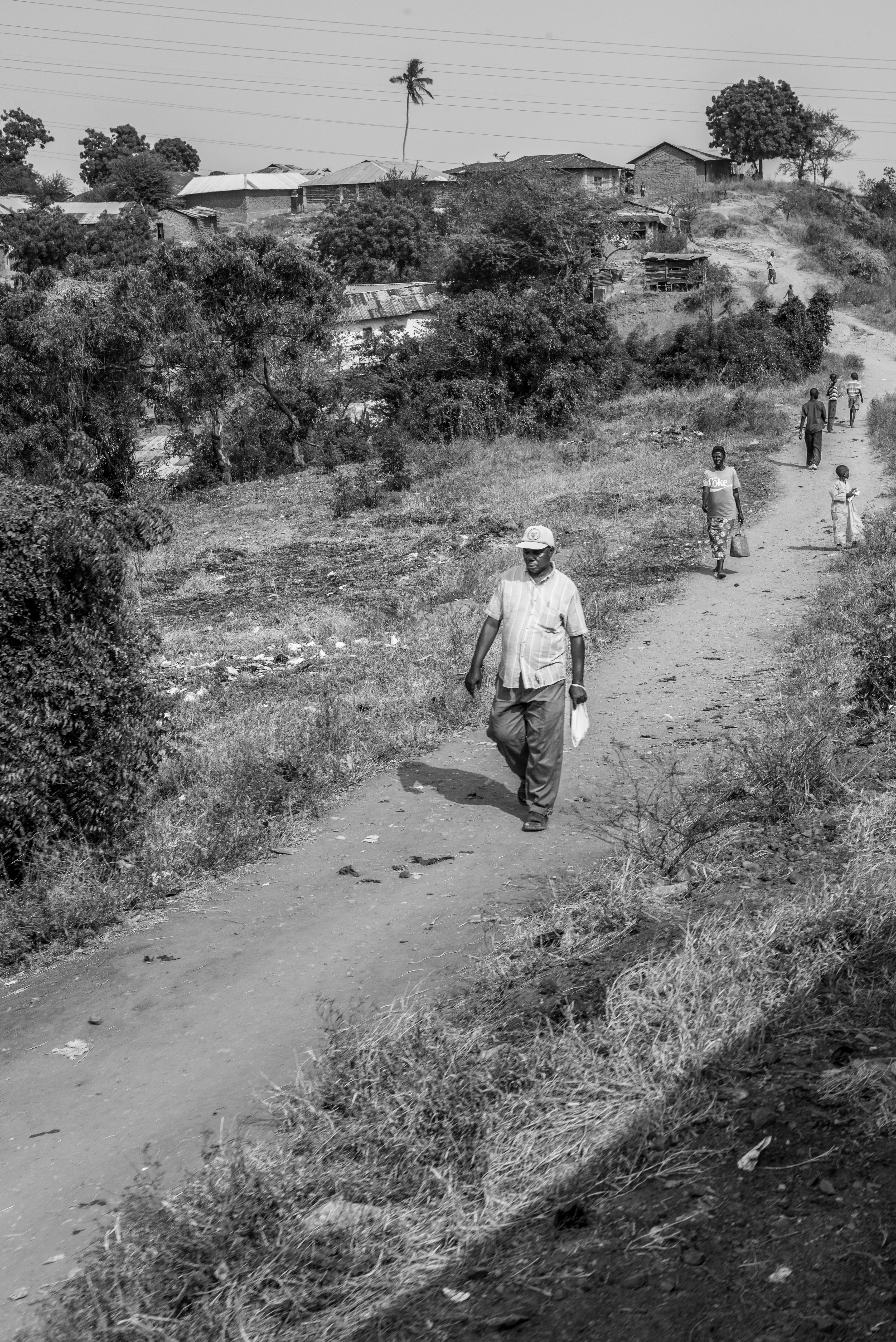
Walking
In Nairobi bus fare is 40 Schillings, which is about 50 cents. For a working class person this can add up to $25 a month. When ones salary is about $200 walking becomes a better alternatives.
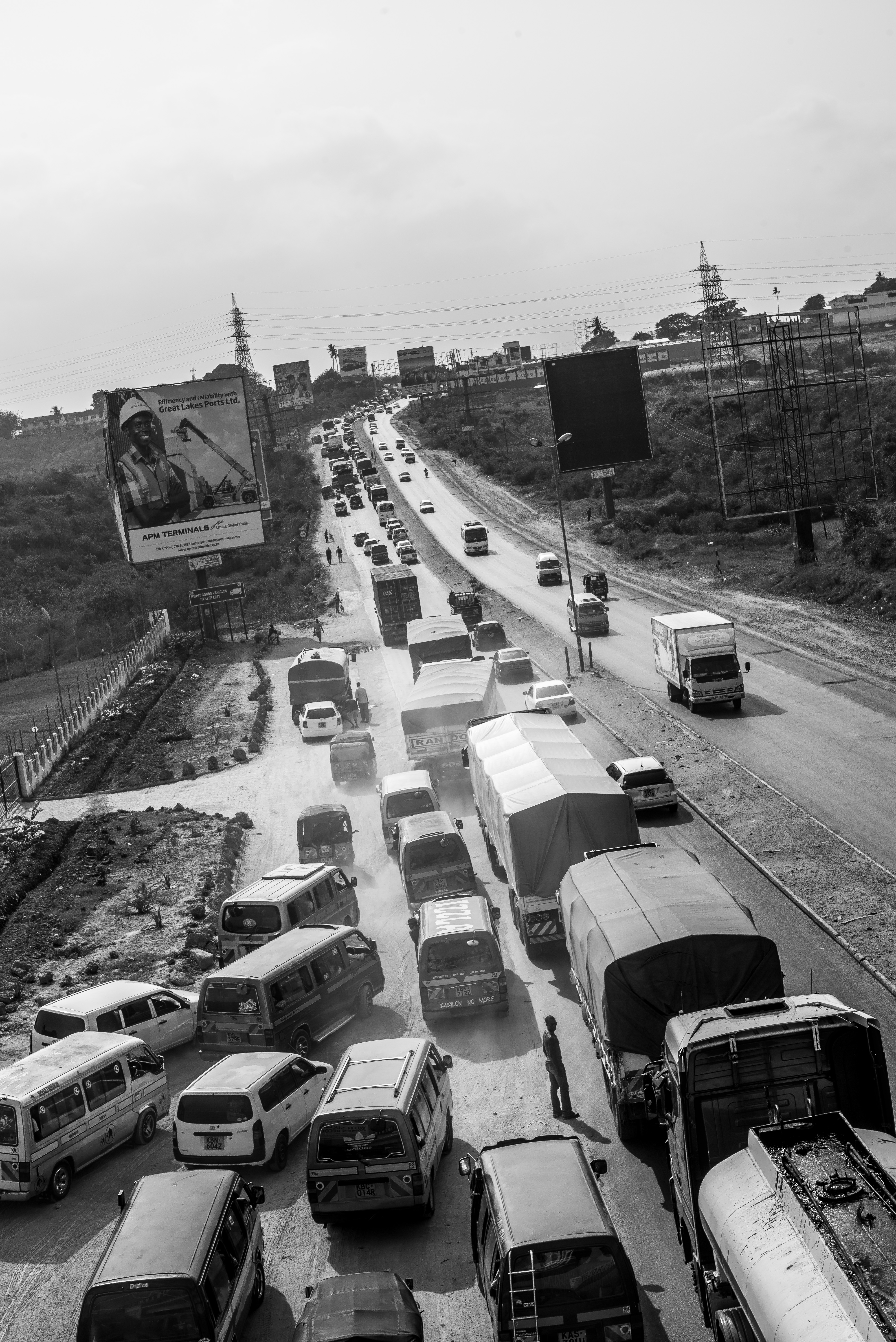
Traffic
As we approach Mombassa the traffic snarles and jams. Lack of infrastructure, roads covered with potholes and a lack of traffic control systems contrive to grind traffic to a halt.

Leave a Reply